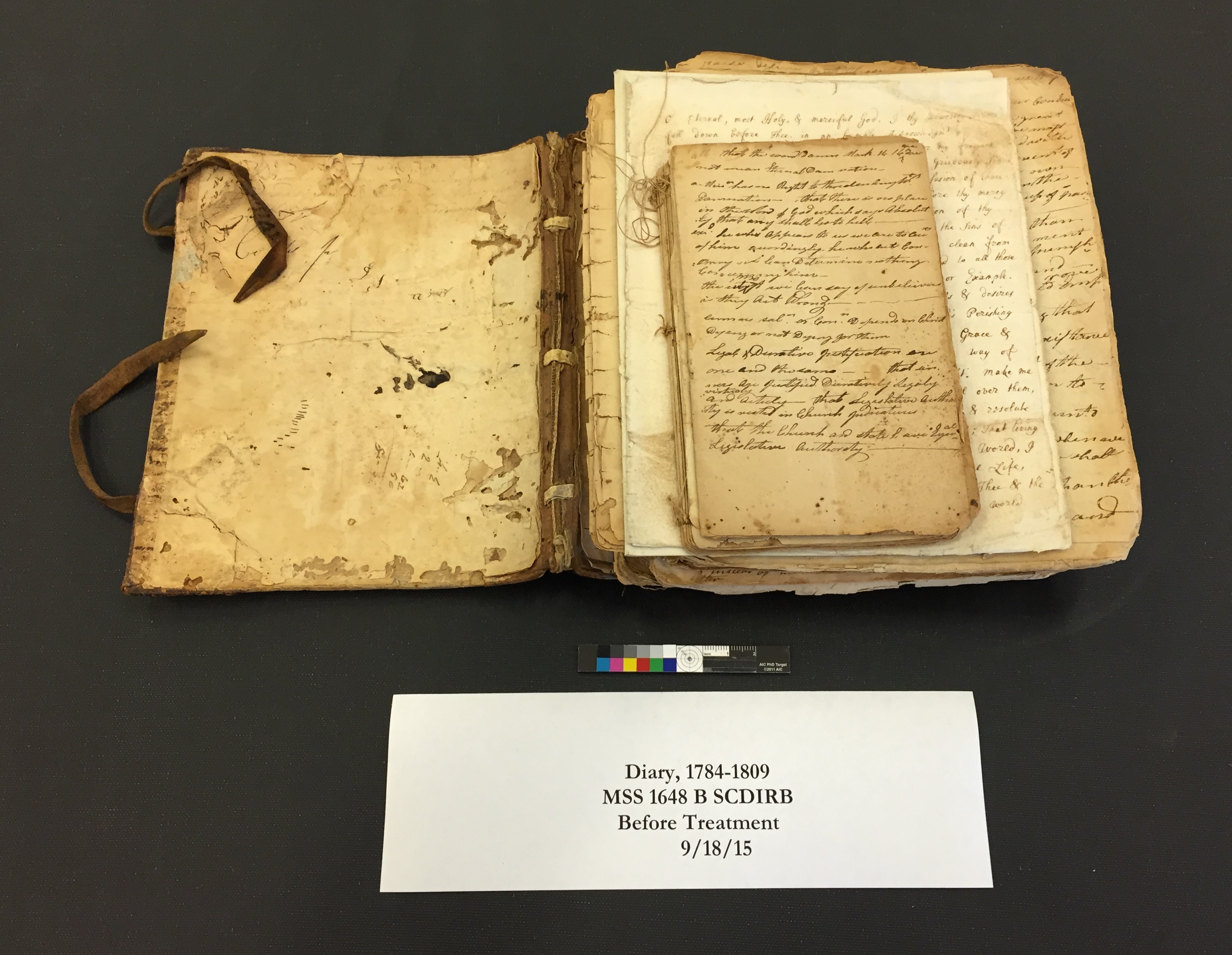This post was written by Michelle Farias, intern in the Dibner Library of the History of Science and Technology. For more in this series, see previous posts about Edward Jenner more »
Tag: Dibner Library of the History of Science and Technology
“George Sarton, a founder of the history of science as an academic discipline, argued that scholars should pay close attention to portraits. These images, he said, can give you ‘the whole man at once.’ With a ‘great portrait,’ Sarton believed, ‘you are given immediately some fundamental knowledge of him, which even the longest descriptions and discussions would fail to evoke.’ Sarton’s ideas led Bern Dibner to purchase portrait prints of men and women of science and technology. Many of these are now in the Smithsonian’s Dibner Library of the History of Science and Technology.”
– Deborah Jean Warner, Curator, Physical Sciences Collection
George Sarton, a founder of the history of science as an academic discipline, argued that scholars should pay close attention to portraits. These images, he said, can give you ‘the more »
Last year, the Dibner Library for the History of Science and Technology received four unique donations by siblings James L. Cerruti and Vera V. Magruder (nee Cerruti): James Bishop’s musical Gamut of 1766, Uri Bishop’s Military Music from the War of 1812, and Jonathan Edwards’ Treatise on Religious Affections (New York: American Tract Society) and Sermons on Various Important Subjects (Edinburgh/Boston: Gray, 1785). These items provide fascinating glimpses into early American history as well as their own family tale.

This post was written by Noa Turel, Ph.D./Assistant Professor, Department of Art & Art History, University of Alabama at Birmingham and Dibner Library Fellow, January-March 2016. Applications are currently open for 2017 fellowship opportunities.
My three-month winter residency at the Dibner Library of the History of Science and Technology was tremendously helpful in shaping and grounding my book project Ingenious Secrets: Painting and Research in Fifteenth-Century Courts. Coming in, I had three bibliographies of Dibner Library special collections materials through which I sought to advance my understanding of the phenomenon at the heart of this book, the curious employment of painters as engineers in Renaissance courts. The rare books, manuscripts, and visual materials I found in the course of my residency far exceeded my original estimation in the proposal. I wound up consulting many more items as well as secondary sources, finding over 130 to be helpful for my research.
My salad days, when I was green in judgement
This common, if well-worn, phrase first appeared in Shakespeare’s Antony and Cleopatra of 1606. At the end of Act One of the play, recalling a youthful affair with Julius Caesar, Cleopatra refers to a time of innocence, silliness or indiscretions. Since May is National Salad Month, let us celebrate the greens by looking at the work of another Englishman, John Evelyn (1620-1706). His Acetaria: a discourse of sallets, printed in London in 1699, was the first book devoted to salads.
The conservation of manuscript pages can be very tricky. In the case of the McAuley Diary, from our Dibner Library of the History of Science and Technology, there were many issues. The manuscript consisted of multiple sized unbound sections housed together in a leather cover that was far too small for its contents. The pages were nearly all crumpled and torn and many pages had areas of loss. In this condition the text was not legible and attempts to turn pages could result in further damage from tearing. We proceed cautiously with hand written documents as many inks become unstable over time and are very sensitive to water.



